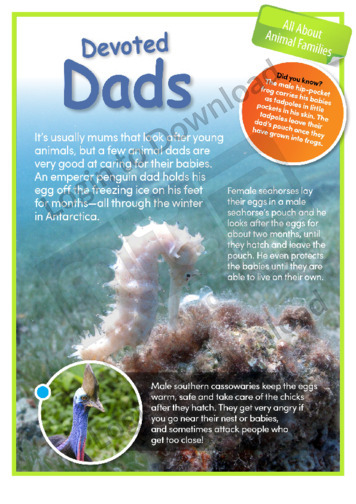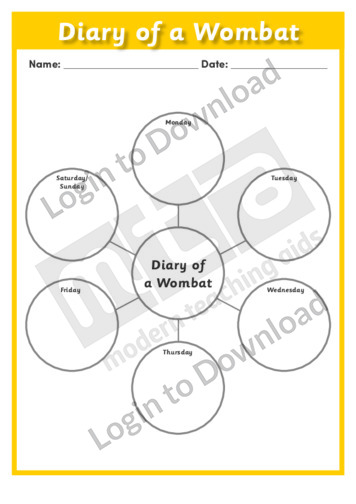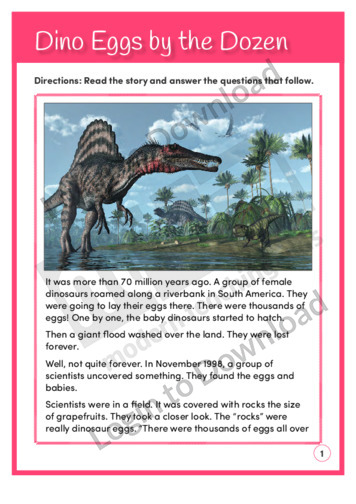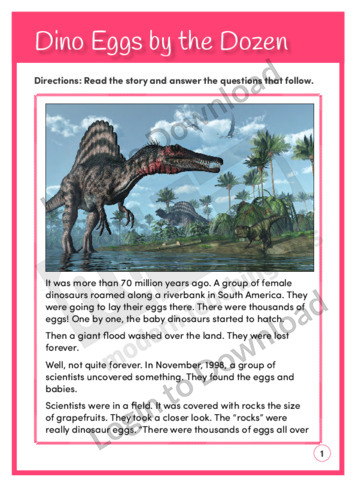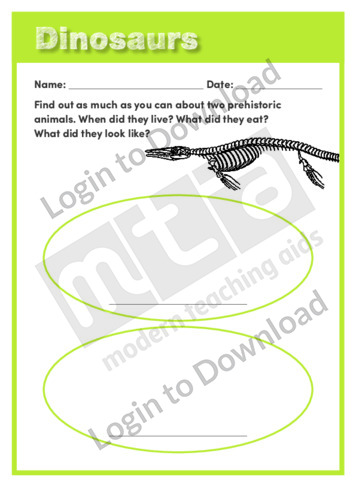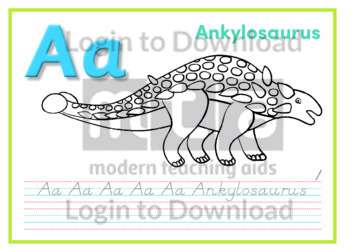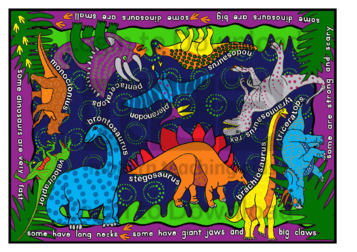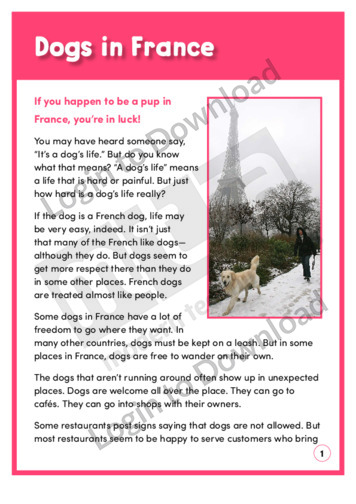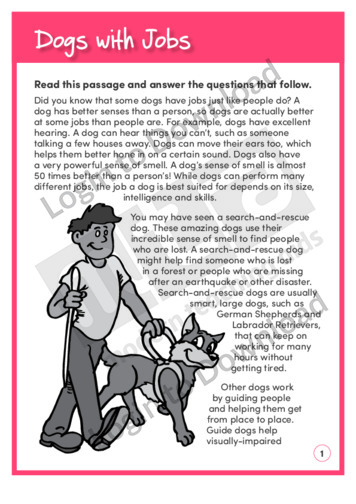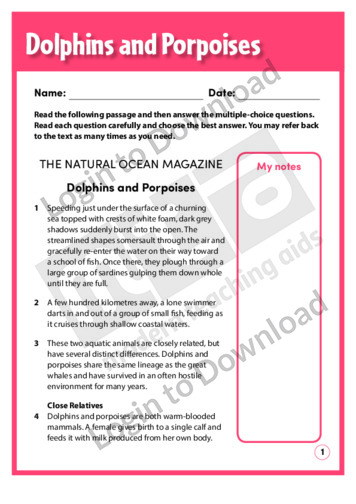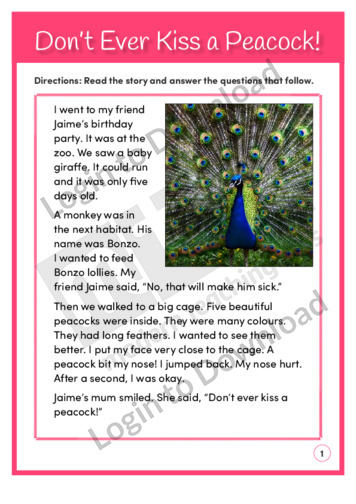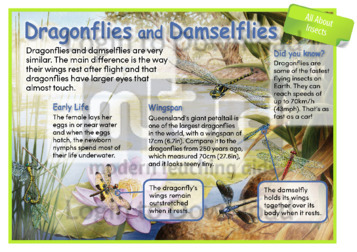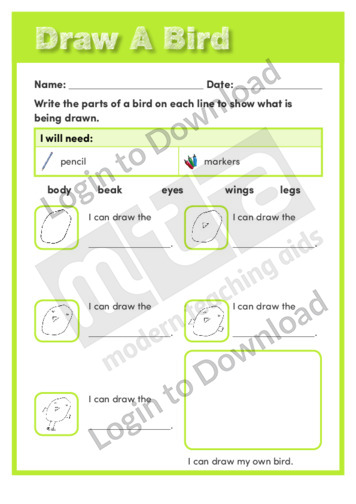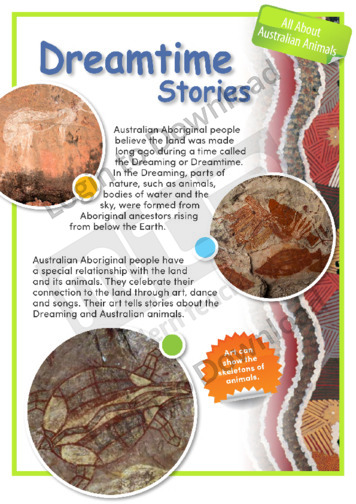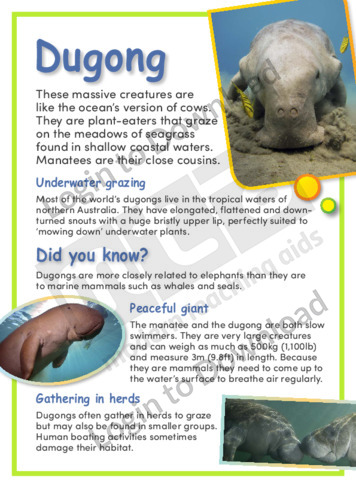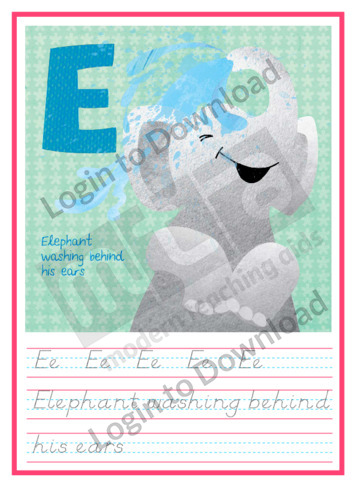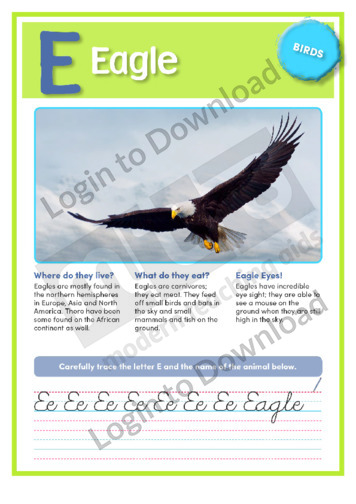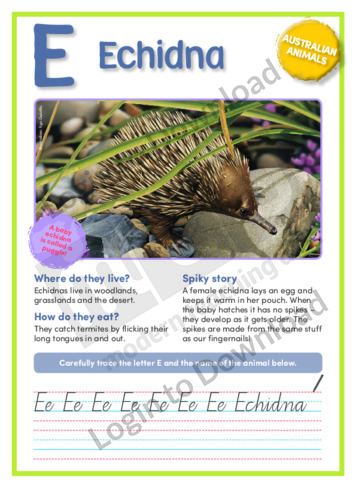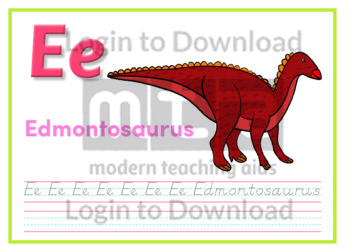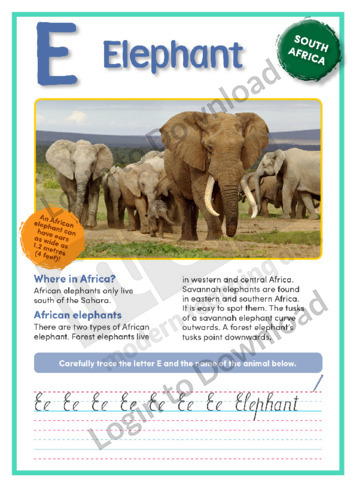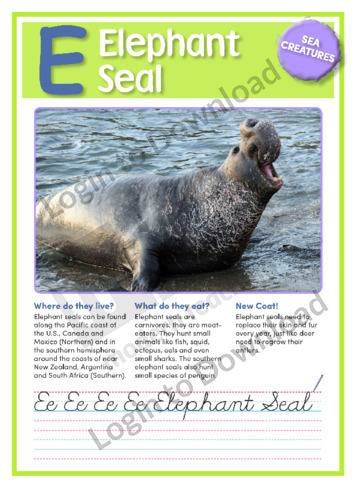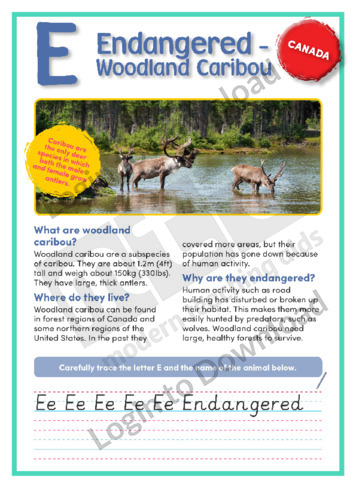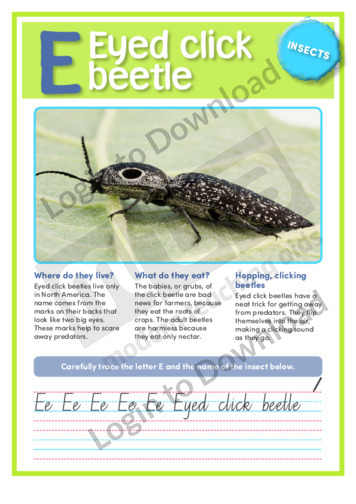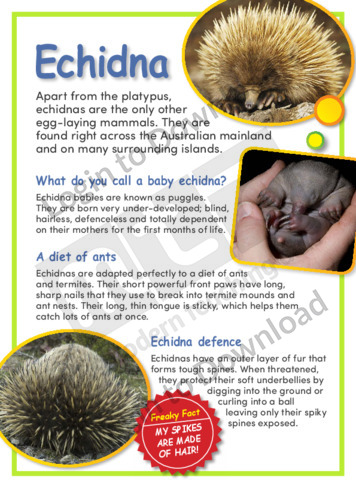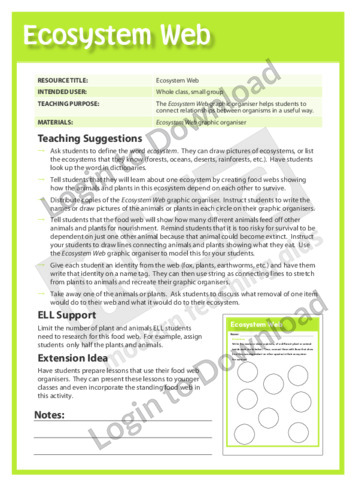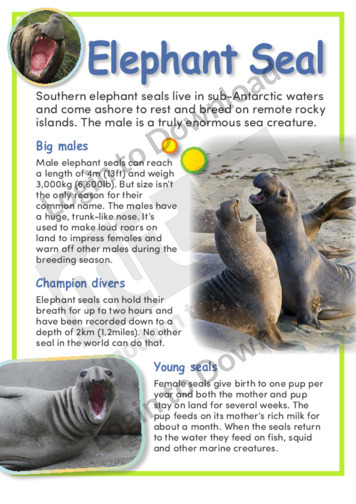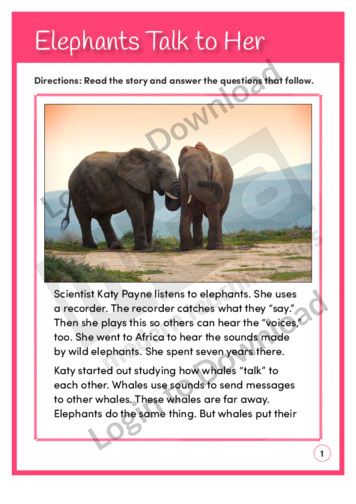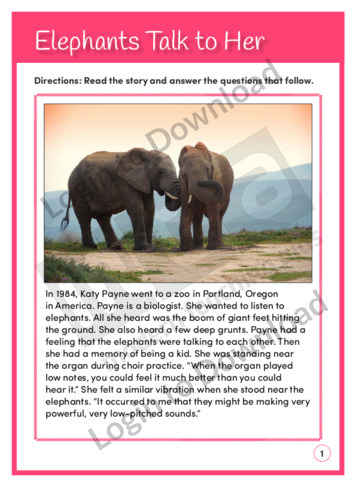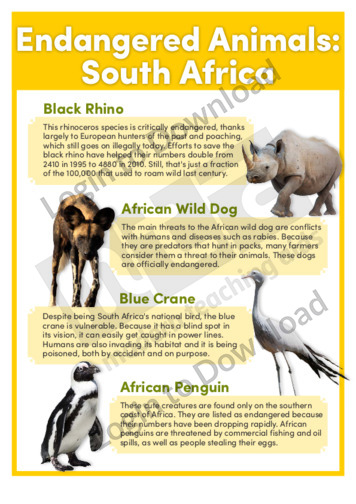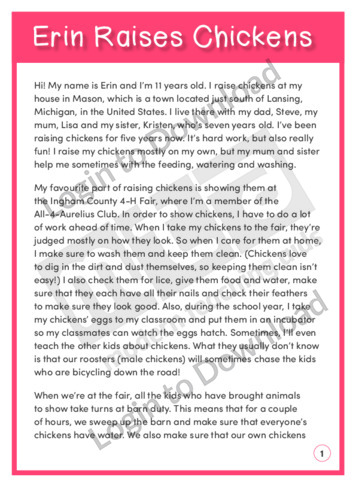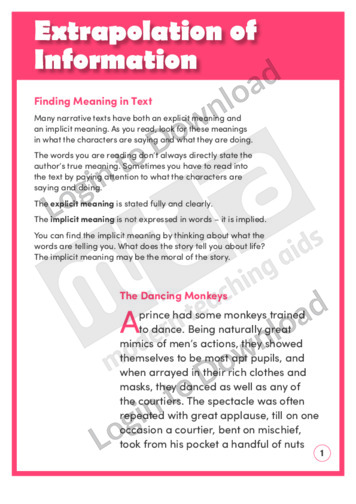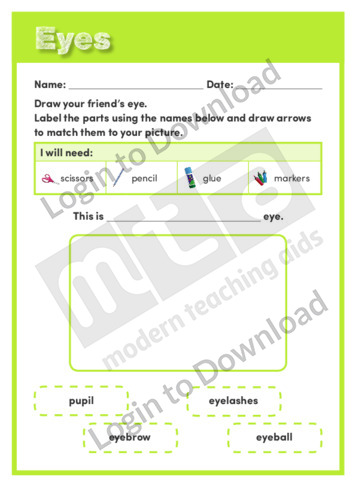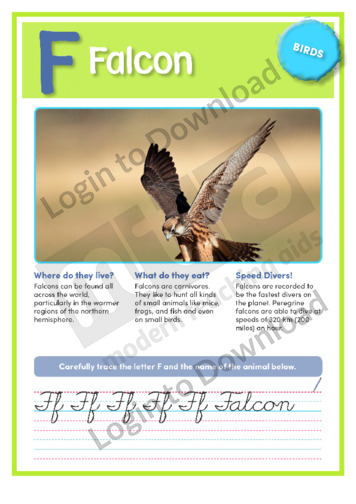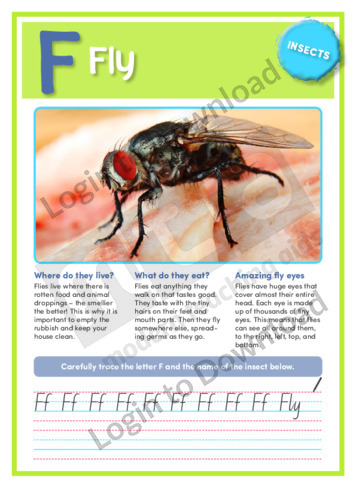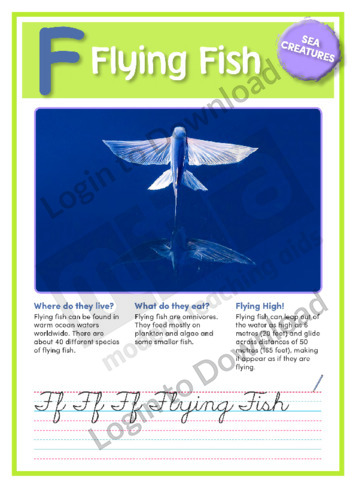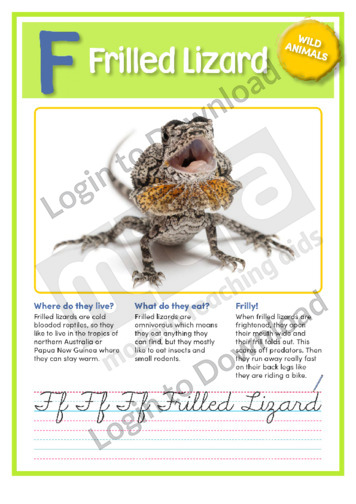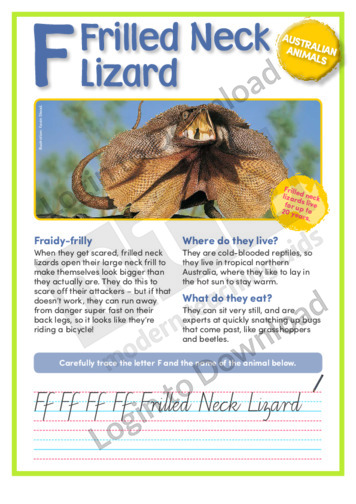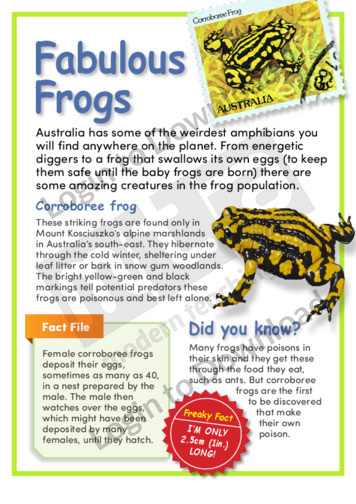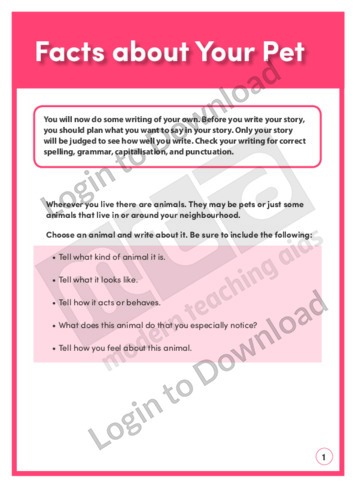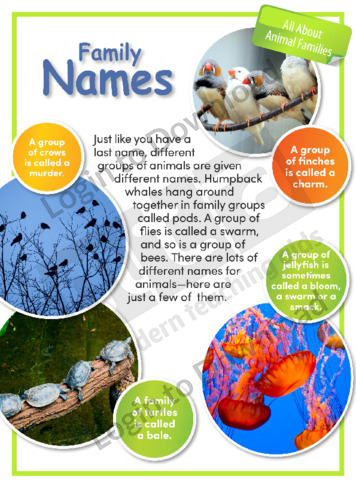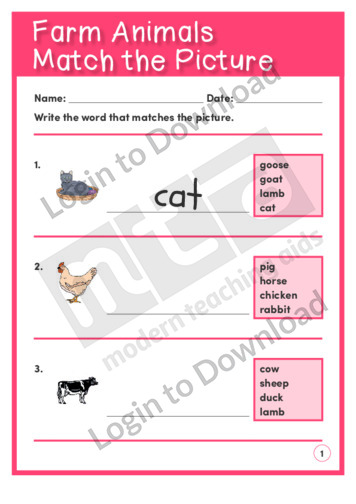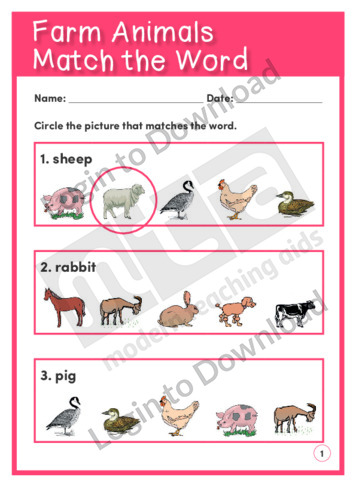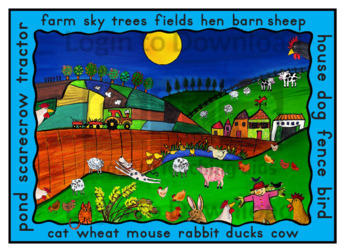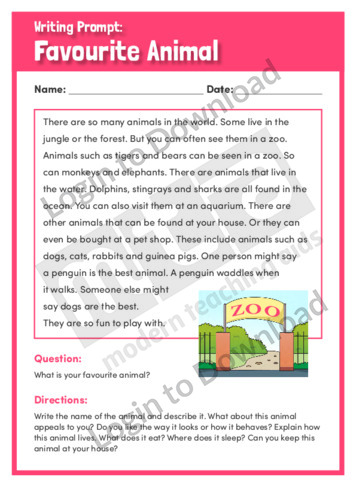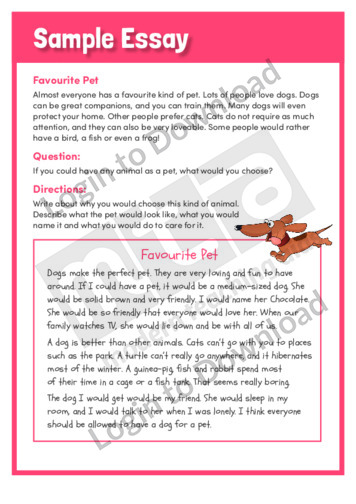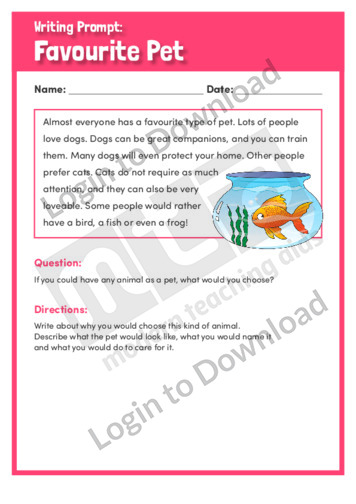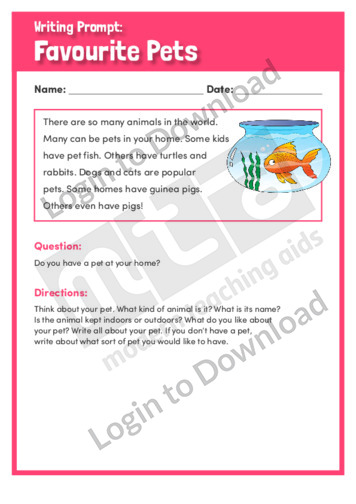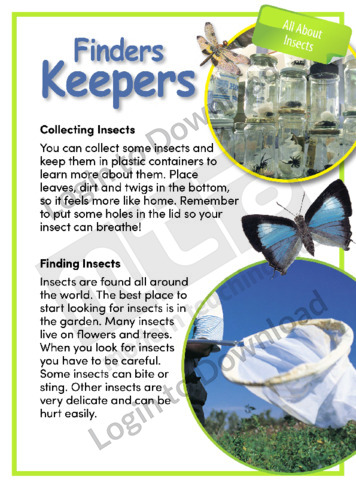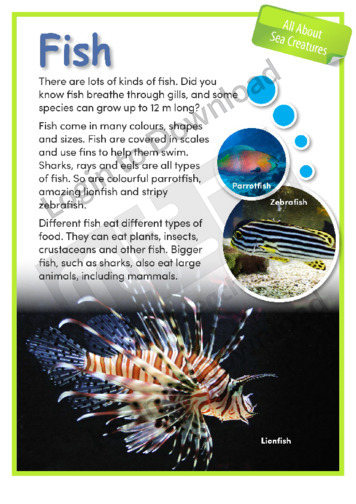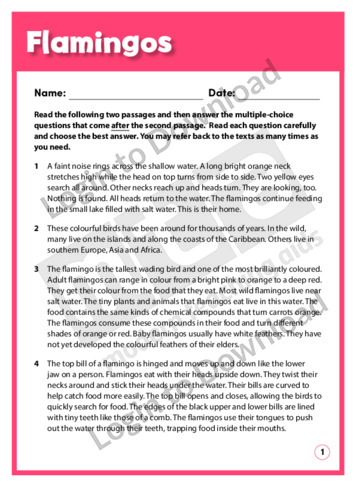This article, ‘All About Animal Families: Devoted Dads’, profiles different types of animal dads. It provides factual information about these animals and includes colourful and engaging photographs.
This life science worksheet, ‘Different Eyes’ asks students to observe and compare the eyes of different animals. It supports an understanding of animals.
This reading comprehension activity, ‘Dino Eggs by the Dozen’, asks students to answer comprehension questions on a text about the discovery of dinosaur eggs.
This reading comprehension activity, ‘Dino Eggs by the Dozen’, asks students to answer comprehension questions on a text about the discovery of dinosaur eggs.
This graphic organiser, ‘Dinosaur Attributes’ helps students create a new dinosaur based on the facts that they know about dinosaurs, then write a story about their dinosaur.
This Earth Science worksheet, ‘Dinosaurs’ asks students to research two dinosaurs and write what they learn about them. It supports an understanding of animals from the past.
This Animal Alphabet, ‘Dinosaurs’ is a collection of Dinosaur themed worksheets that provides opportunities for handwriting practice.
This Black and White Animal Alphabet, ‘Dinosaurs’ is a collection of Dinosaur themed worksheets that provides opportunities for handwriting practice.
This full colour ‘Dinosaurs’ informative illustration can be reproduced for classroom use. It features a variety of the most common dinosaur species and is a fun and educational addition to a dinosaur themed classroom display.
This reading comprehension activity, ‘Dogs’ asks students to answer questions about different dog breeds. It is aimed at increasing students’ awareness of semantics and encourages students to recall information and form opinions.
This content area reading activity, ‘Dogs in France’ is an English based reading comprehension exercise encouraging students to learn how to use generalisations.
This reading comprehension activity, ‘Dogs with Jobs’ asks students to answer comprehension questions about working dogs. It is aimed at developing students’ awareness of semantics and encourages them to look critically at the language used in an informative text in order to ascertain the meaning and usage of individual words and phrases.
The report, ‘Dolphins and Porpoises’ compares and contrasts these two marine mammals, describing their appearance and behaviour. It provides opportunities for students to practise vocabulary and comprehension skills. Answer sheet provided with file download.
This reading comprehension activity, ‘Don’t Ever Kiss a Peacock!’, asks students to read a story and answer comprehension questions about a birthday party at the zoo.
This article, ‘All About Insects: Dragonflies and Damselflies’, provides information about dragonflies and damselflies. It features interesting facts about these insects and includes colourful and engaging images.
This life science worksheet, ‘Draw a Bird’ supports students to draw the parts of a bird. It supports an understanding of animals.
This article, ‘All About Australian Animals: Dreamtime Stories’, describes Aboriginal Australians’ relationship with animals. It is aimed at broadening students’ awareness of Australian Aboriginal culture and includes colourful and engaging images.
This article, ‘Dugong’ provides information about the physical characteristics, habits, habitat and diet of the dugong and, briefly, the manatee. It also introduces students to various terms relating to the dugong’s physical features and habitat. The text is supported by colourful and engaging photographs.
This ‘Animal Alphabet: E: Elephant’ is an animal themed worksheet that provides opportunities for handwriting practice.
This short nonfiction text, ‘E: Eagle’ provides factual information about the Eagle, exploring where they live, what they eat and other interesting facts.
This short nonfiction text, ‘E: Echidna’ provides factual information about the Australian animal the Echidna.
This Animal Alphabet, ‘E: Edmontosaurus’ is a Dinosaur themed worksheet that provides opportunities for handwriting practice.
This short nonfiction text, ‘E: Elephant’ provides factual information about the Elephant, exploring where they live, what they eat and other interesting facts.
This short nonfiction text ‘E: Elephant’ features important factual background information relating to the savannah and forest elephants found in Africa. It is aimed at broadening students’ awareness of the unique and beautiful flora and fauna associated with South Africa and also features an activity for students to practise their handwriting.
This short nonfiction text, ‘E: Elephant Seal’ provides factual information about the Elephant Seal, exploring where they live, what they eat and other interesting facts.
This geography article, ‘Endangered: Woodland Caribou’, features factual information about this endangered animal. It is aimed at broadening students’ cultural, geographical, and historical awareness in an engaging manner.
This short nonfiction text, ‘E: Eyed click beetle’ provides factual information about the Eyed click beetle, exploring where they live, what they eat and other interesting facts. The resource also provides a photo of the insect and guided handwriting practice that can be used to supplement the informational text.
This article, ‘Echidna’ provides information about the physical characteristics, habits, habitat and life cycle of the echidna. It also introduces students to various terms relating to the echidna’s physical features. The text is supported by colourful and engaging photographs and illustrations.
This graphic organiser, ‘Ecosystem Web’ helps students to connect relationships between organisms in a useful way.
This article, ‘Elephant Seal’ provides information about the physical characteristics, habits, habitat, life cycle and special abilities of the elephant seal. It also introduces students to various terms relating to the elephant seal’s physical features and habitat. The text is supported by colourful and engaging photographs.
This history article ‘Endangered Animals: South Africa’ features important factual background information about South Africa’s animals. It identifies the black rhino, African wild dog, blue crane and African penguin as key animals endemic to South Africa, which are under threat today. It is aimed at broadening students’ historical and cultural awareness and could be used …More
This reading comprehension activity, ‘Erin Raises Chickens’ asks students to answer questions about a girl named Erin who raises and shows chickens. It is aimed at increasing students’ awareness of semantics and encourages students to recall information, draw conclusions and form opinions.
This science article, ‘Exploring the Oceans’ features oceanographers and the different ways to explore the ocean. It provides factual information about submersibles, scuba diving and glass-bottom boats. It is aimed at broadening students’ scientific and geographical awareness in an engaging manner.
This finding meaning in text exemplar ‘Extrapolation of Information’ shows students how to find the implicit and explicit meaning of a narrative text. It introduces students to the principles of layered storytelling and uses a practical example to explain how to identify the directly stated meaning, as well as the not-directly stated meaning, which is …More
This article, ‘Extreme Serpents’ provides information about four species of snakes including their physical characteristics, habits, habitat, diet and hunting methods. It also introduces students to various terms relating to the snakes’ physical features and habits. The text is supported by colourful and engaging photographs.
This life science worksheet, ‘Eyes’ supports students to observe, identify and record the parts of the eye. It supports an understanding of the human body.
This ‘Animal Alphabet: F: Flamingo’ is an animal themed worksheet that provides opportunities for handwriting practice.
This Animal Alphabet, ‘F: Fabrosaurus’ is a Dinosaur themed worksheet that provides opportunities for handwriting practice.
This short nonfiction text, ‘F: Falcon’ provides factual information about the Falcon, exploring where they live, what they eat and other interesting facts.
This short nonfiction text, ‘F: Fly’ provides factual information about the Fly, exploring where they live, what they eat and other interesting facts. The resource also provides a photo of the insect and guided handwriting practice that can be used to supplement the informational text.
This short nonfiction text, ‘F: Flying Fish’ provides factual information about the Flying Fish, exploring where they live, what they eat and other interesting facts.
This short nonfiction text, ‘F: Frilled Lizard’ provides factual information about the Frilled Lizard, exploring where they live, what they eat and other interesting facts.
This short nonfiction text, ‘F: Frilled Neck Lizard’ provides factual information about the Australian animal the Frilled Neck Lizard.
This article, ‘Fabulous Frogs’ provides information about five species of frogs including their physical characteristics, habitat, life cycle and special abilities. It also introduces students to various terms relating to the frogs’ physical features. The text is supported by colourful and engaging photographs.
This Writing Task worksheet, ‘Facts about Your Pet’, features instructions for students to create an informational text about a pet or other animal. It encourages students to plan their writing and to check it for errors. Prompts suggest including details about the animal’s appearance, behaviour, and other characteristics, as well as the student’s feelings about …More
This article, ‘All About Animal Families: Family Names’, describes different names for animal families. It provides factual information and includes colourful and engaging photographs.
This reading comprehension activity, ‘Farm Animals Match the Picture’ asks students to write words to match pictures that relate to farm animals. It is aimed at developing students’ awareness of semantics and encourages them to recognise the association between a picture and a word describing it.
This reading comprehension activity, ‘Farm Animals Match the Word’ asks students to identify words and pictures that relate to farm animals. It is aimed at developing students’ awareness of semantics and encourages them to recognise the association between a picture and a word describing it.
This full colour ‘Farm Scene’ illustration can be reproduced for classroom use. It features a typical farmyard scene with some traditional farming vocabulary around the picture’s border and is a fun and educational addition to an agriculture or community themed classroom display.
This writing prompt, ‘Favourite Animal’ helps students to write about their favourite animal. It encourages students to think about caring for an animal and is aimed at broadening students’ writing and language skills.
This writing prompt exemplar, ‘Favourite Pet’ provides a writing model for the students. It encourages students to think about their ideal pet and is aimed at broadening students’ writing and language skills.
This writing prompt, ‘Favourite Pet’ helps students to write about which animal they would choose as a pet. It encourages students to think about pets and caring for them and is aimed at broadening students’ writing and language skills.
This writing prompt, ‘Favourite Pets’ helps students to write about their favourite kind of pet. It encourages students to think about keeping a pet and is aimed at broadening students’ writing and language skills.
This article, ‘All About Insects: Finders Keepers’, explains how to catch insects for observation. It provides factual information about different insects and includes colourful and engaging photographs.
This article, ‘All About Sea Creatures: Fish’, provides information about fish. It features interesting facts and colourful and engaging photographs.
The paired texts, ‘Flamingos’ and ‘Sunset Birds’ provide a factual and a poetic description of flamingos. They provide opportunities for students to practise vocabulary and comprehension skills. Answer sheet provided with file download.
This article, ‘Endangered: Flatback Turtles’, provides information about this endangered species. It is aimed at broadening students’ environmental awareness and includes colourful and engaging photographs.
It�s that easy!

